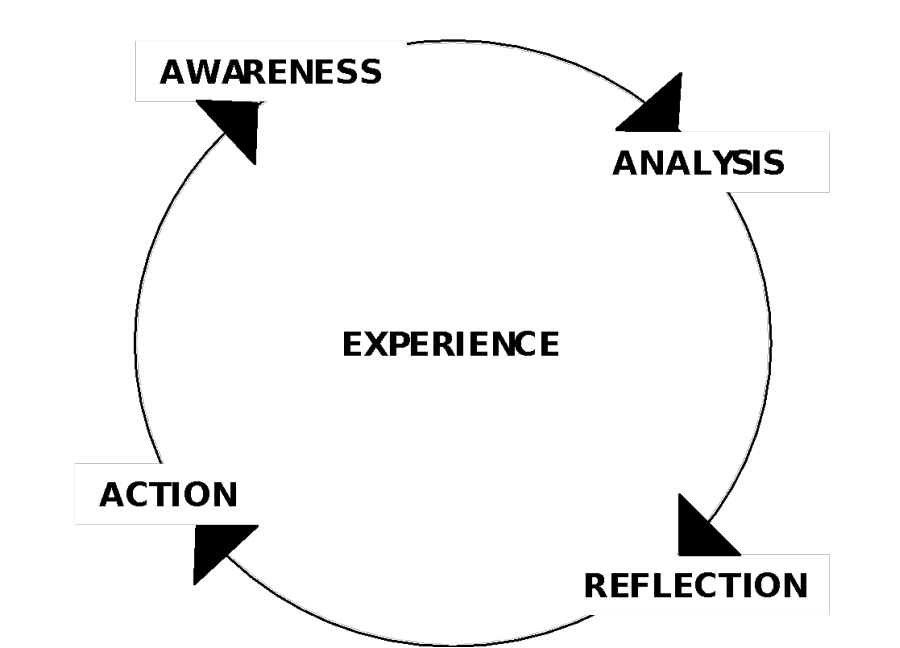Reflective Teaching provides a useful framework for describing teacher education at Eastern Mennonite University. Reflective teaching is operationally defined as "a way of thinking about educational matters that involves the ability to make rational choices." Ross, D. D. (1989) First steps in developing a reflective approach. Journal of Teacher Education, 40(2), 22-30. Reflective teaching focuses on quality instruction, problem solving, critical thinking abilities, self-evaluation, and application of values to action. More specifically, the teacher education department program expects prospective teachers to take responsibility for assessing and solving problems not with a "bag of tricks," but by framing the problems within the context of decision-making. This means that prospective teachers must be adept at context-based assessment. Prospective teachers should ask, "What are the decisions to be made?", "On what basis do I make decisions?", and "What can I do to enhance learning?" as opposed to, "If students don't learn, that is their problem."
Smyth (1989) Smyth, J. (1989) Developing and sustaining critical reflection in teacher education. Journal of Teacher Education, 40(2), 2-9. and Hole (1999) Hole, S. (1999) Reflection is at the heart of practice. Education Leadership, 56(8), 34-37. characterize critical reflection with four sequential steps and a series of questions:
Step 1:Prospective teachers describe actual teaching events or dilemmas by answering the question, "What do I do when teaching?" This step helps create awareness.
Step 2:Prospective teachers inform themselves about the implied meanings gleaned from their descriptions. They ask, "What does this mean?" This step provides a basis for analysis.
Step 3:Prospective teachers question or confront their assumptions and beliefs about teaching and learning by asking, "How did I come to be the teacher I am?" and "From what sources did my ideas come?" This step provides a basis for reflection.
Step 4: Prospective teachers reconstruct and self-evaluate their teaching recognizing both instructional and non-instructional factors that impinge upon the teaching-learning process. They ask, "How might I do things differently?" This step leads to action.
...
